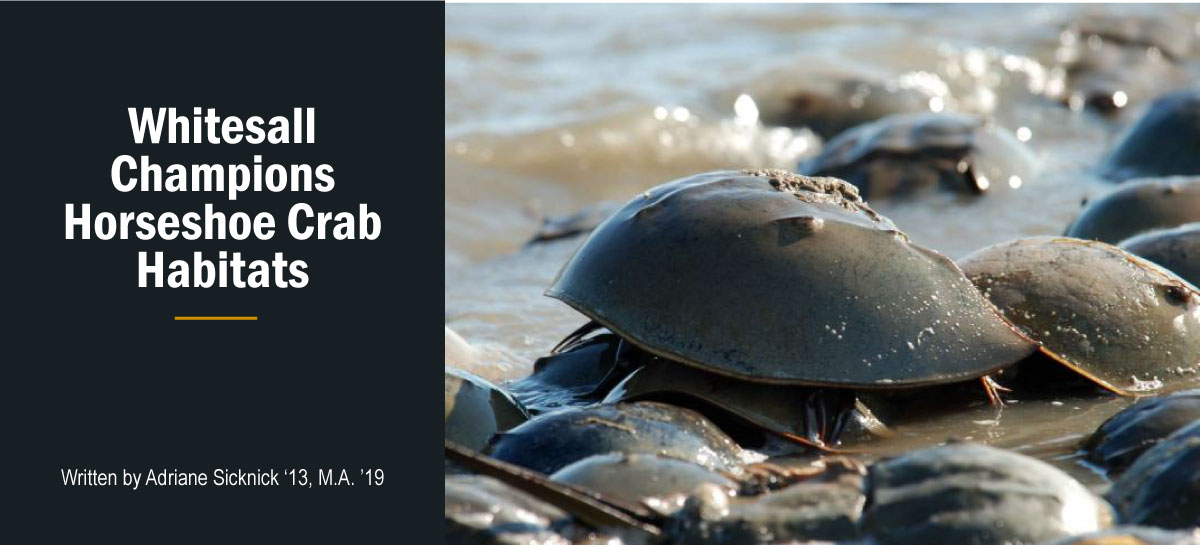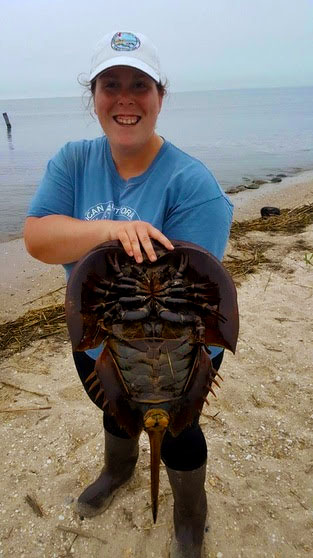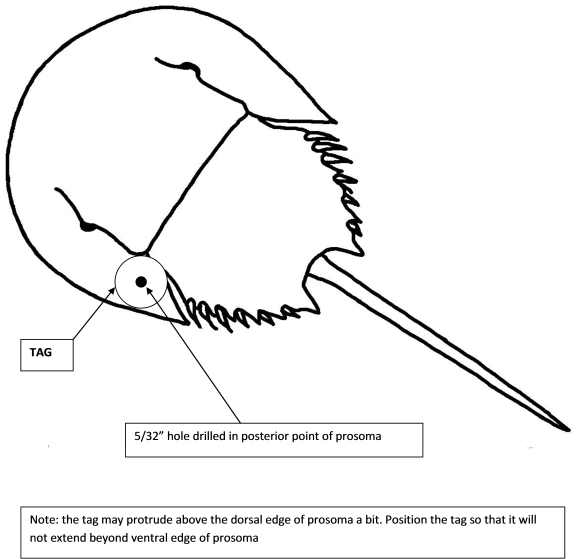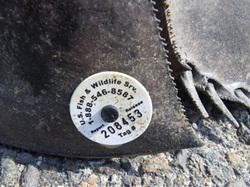Whitesall Champions Horseshoe Crab Habitats
Fall 2021 Issue

Horsecrabs on the beach. Photo credit: Pixnio.
Horseshoe crabs have existed for over 445 million years – long before the dinosaurs. The unique design of their exoskeleton has allowed the creatures the ability to reproduce and survive with little morphological evolution. However, their encounter with humans had almost obliterated the species. It took a century and a long history of misuse before a moratorium was passed making it illegal to catch horseshoe crabs in New Jersey for anything other than biomedical purposes.

The crabs play an important role in both our local ecology and in human medicine. The blue blood of these prehistoric animals contains special immune cells that are sensitive to toxic bacteria. When it crosses the cells, it clots around it and protects the horseshoe crab further from disease. In the 1970s, scientists were able to develop a test using a protein, Limulus Amebocyte Lysate or LAL, found in the blood to look for the presence of dangerous bacterial substances in vaccines and prosthetic devices (such as heart valves and hip replacements) to avoid fever or fatality in humans.
The biomedical industry isn’t the only one who benefits from these animals – our local
ecology is dependent on them. The eggs of the horseshoe crab are an invaluable food
source for migratory birds and other wildlife.
“[The Red Knot] fly from as far as the tip of South America to the Delaware Bay. The
[horseshoe crab] eggs are rich in protein and fat which gives them enough to sustain
their journey up to the Arctic where they will breed. They are also currently in danger
of extinction.”, explained Quinn Whitesall ’12, Habitat Restoration Coordinator, Delaware
Office of the American Littoral Society (ALS).
New Jersey has the world’s largest horseshoe crab population along the Delaware Bay. The sandy beach areas are typically protected from significant wave action and used for spawning, however, in 2012, Hurricane Sandy destroyed the Bayshore beaches and put the horseshoe crab population further at risk. ALS organized an emergency beach restoration project to restore the ecosystem and protect these ancient arthropods.
“Most of the coastline in New Jersey was hit, but a lot of the attention was brought to the Atlantic Coast – not the Delaware Bay,” Whitesall explained. “We started putting sand on the beaches to build [it up] … [and it’s] been going on every year since. We visit beaches [in Cumberland and Cape May counties] which have high populations of horseshoe crabs and make sure that there's enough sand there [for spawning season].”
If non-profits such as the American Littoral Society didn’t intervene with coastal restoration, it would be detrimental to the biodiversity of the ecosystem.
"If we didn’t put sand on the beaches to create this habitat, these birds would also start disappearing. It would have a trickle effect in the rest of the food web, as well,” Whitesall explained. She added that without the moratorium, “[the horseshoe crab] wouldn't have a habitat that's viable for their eggs to hatch, the population would be completely decimated, and there would be a significant impact on human health.”
To ensure their project is successful, Whitesall and her team at the Delaware office work with the United States Fish and Wildlife Service (USFWS) tagging program. ALS works with local volunteers to tag the crabs and monitor the growth of the population. Volunteers of all ages are accepted, and no prior knowledge or experience is needed.


Whitesall explained, “We'll have up to 200-300 volunteers come out in May and June [when they are spawning] and meet us on the beach at night when the horseshoe crabs are in the intertidal where the water is washing up on the beaches. We’ll have kids come out, which is always a lot of fun.”
The team will reconvene several nights later searching for crabs and counting tags which helps to gauge which beaches are the most productive.
To learn more about volunteering for horseshoe tagging and other programs, visit the American Littoral Society’s website.
Advice From Quinn:
When I was a student, I thought I could only go be a teacher, professor or go into research with a science degree. I always knew I wanted to be a new marine scientist, but I didn’t think there was ever good guidance explaining what types of careers I could pursue. I feel career choices are better explained to students [now].
My advice to current science students is to research the different jobs that are out there. You can fit into so many different worlds with having a science degree and you just need to find something you know you're interested in. There’s wider knowledge now of habitat restoration and there are more nonprofits that are doing this work. Don't limit yourself. Find people that are in positions that you think you would like to pursue and ask them how they got there.



